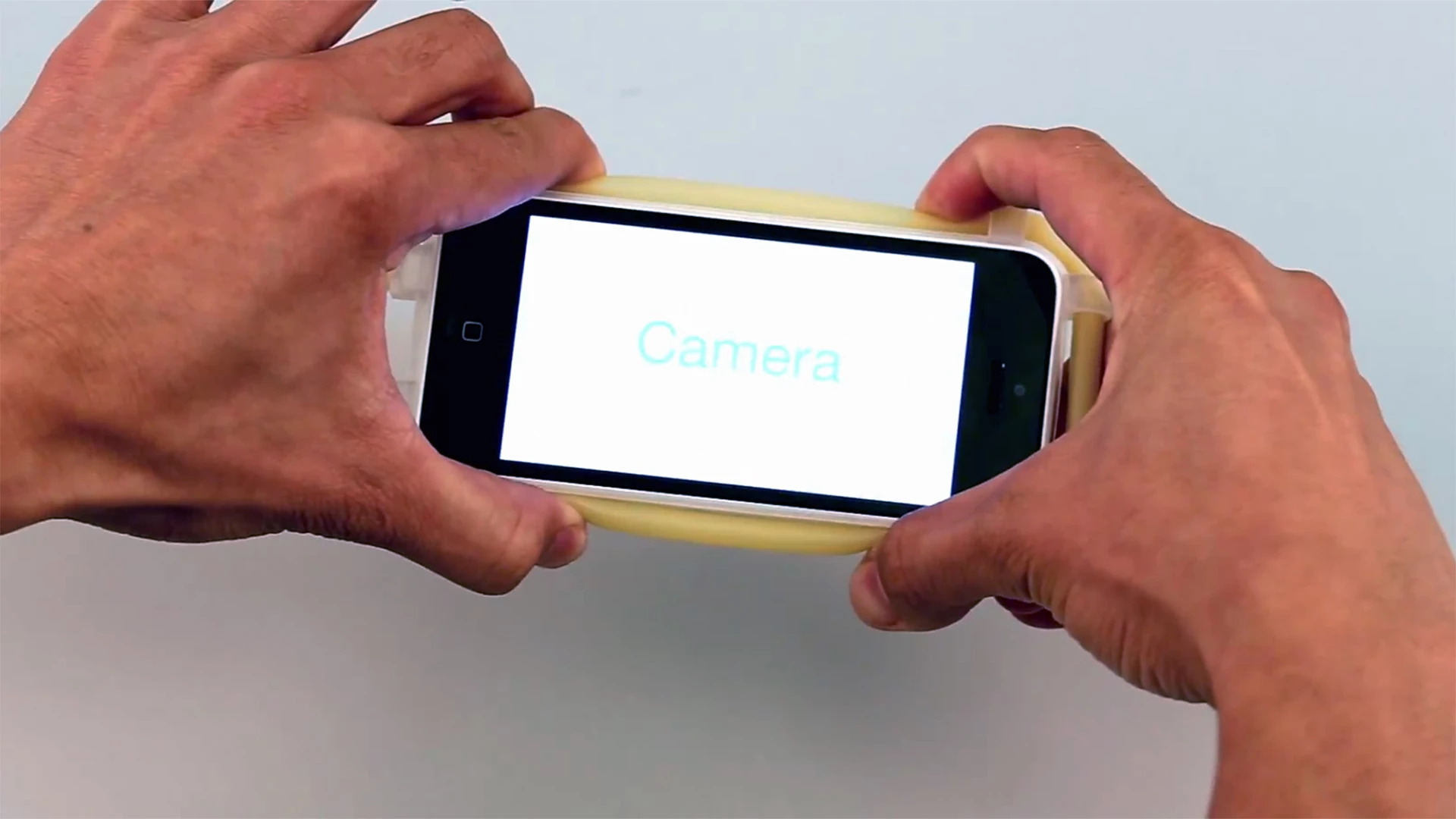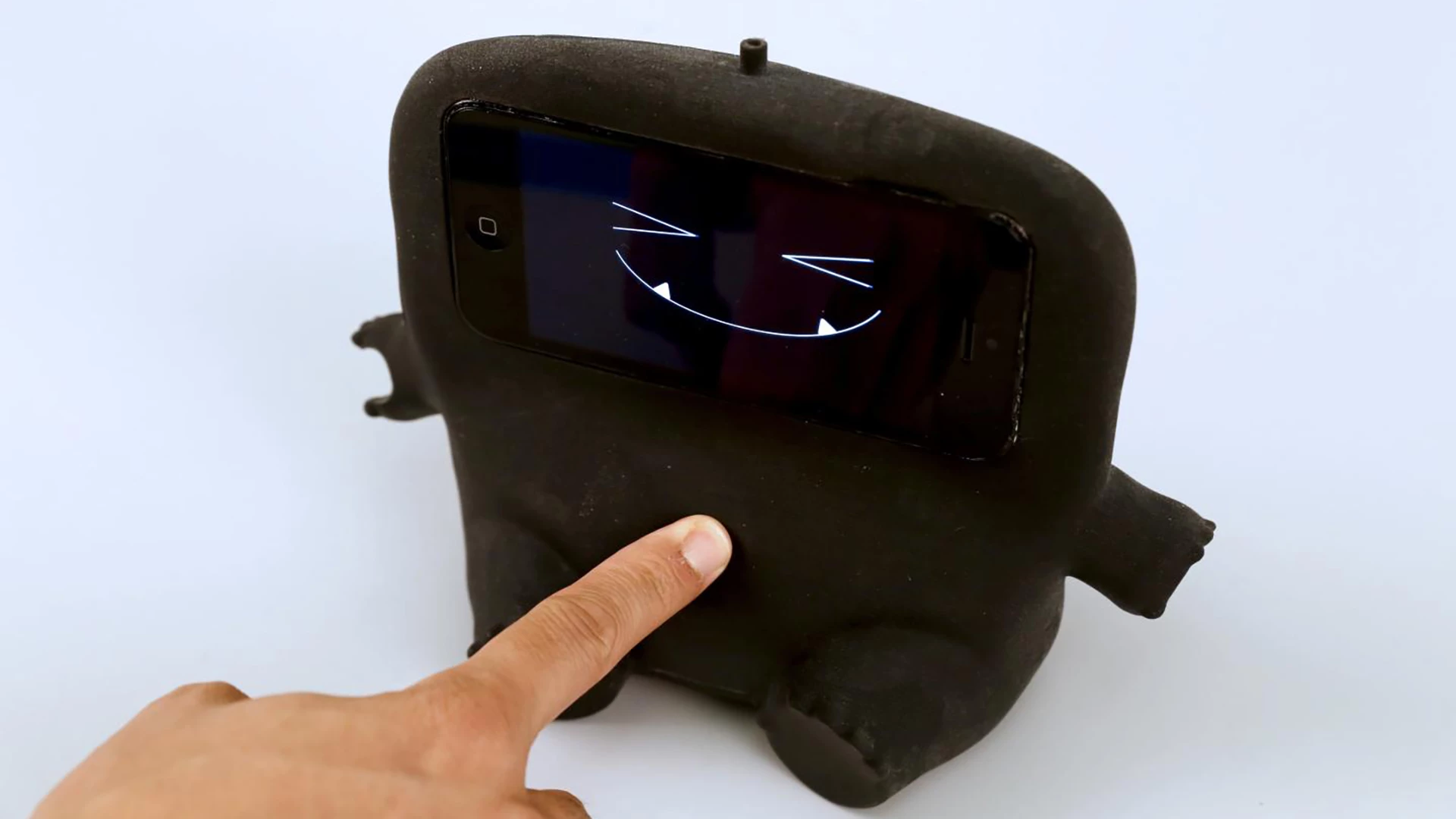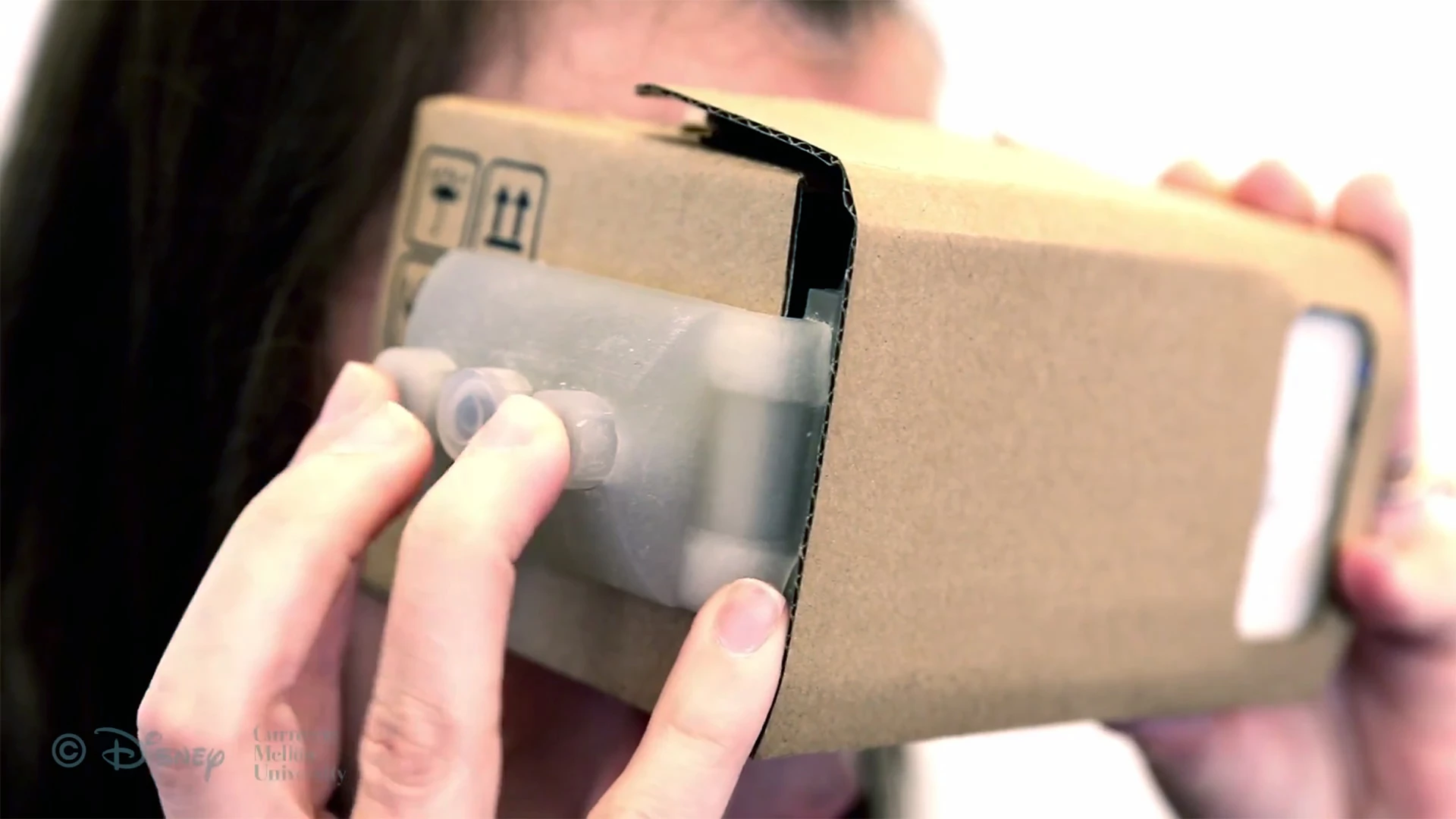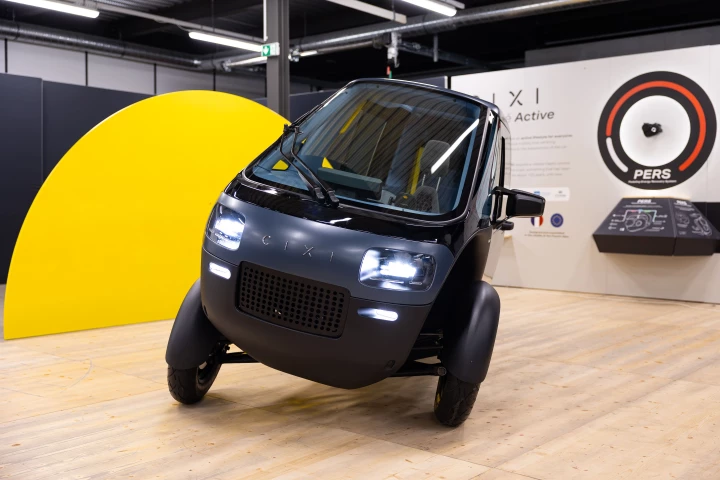While the touchscreen is perhaps the most versatile input method ever created, it's not ideal for every situation, offering little in the way of tangible physical controls. Researchers at Carnegie Mellon University and Disney Research have put their minds to the problem, creating a series of accessories, known as Acoustruments, which take inspiration from wind instruments to make smartphone interaction more physical – without any Bluetooth or wired connections.
At the heart of the team's imaginative new control method is one simple, clever concept. The accessory, which takes to form of flexible plastic tubing, connects a smartphone's speaker to its microphone, with the former emitting continuous sweeps of ultrasonic frequencies that are monitored by the latter. Any action that alters the acoustic frequency, such as changing the length or diameter of the plastic tubes, or blocking holes, can trigger a software action on the smartphone.
The plastic tubing is designed to limit external noise interference, and the emitted ultrasonic frequencies are inaudible to the human ear. Experiments carried out by the institutions showed the control method to be impressively precise – achieving an accuracy of 99 percent when controlling a smartphone.
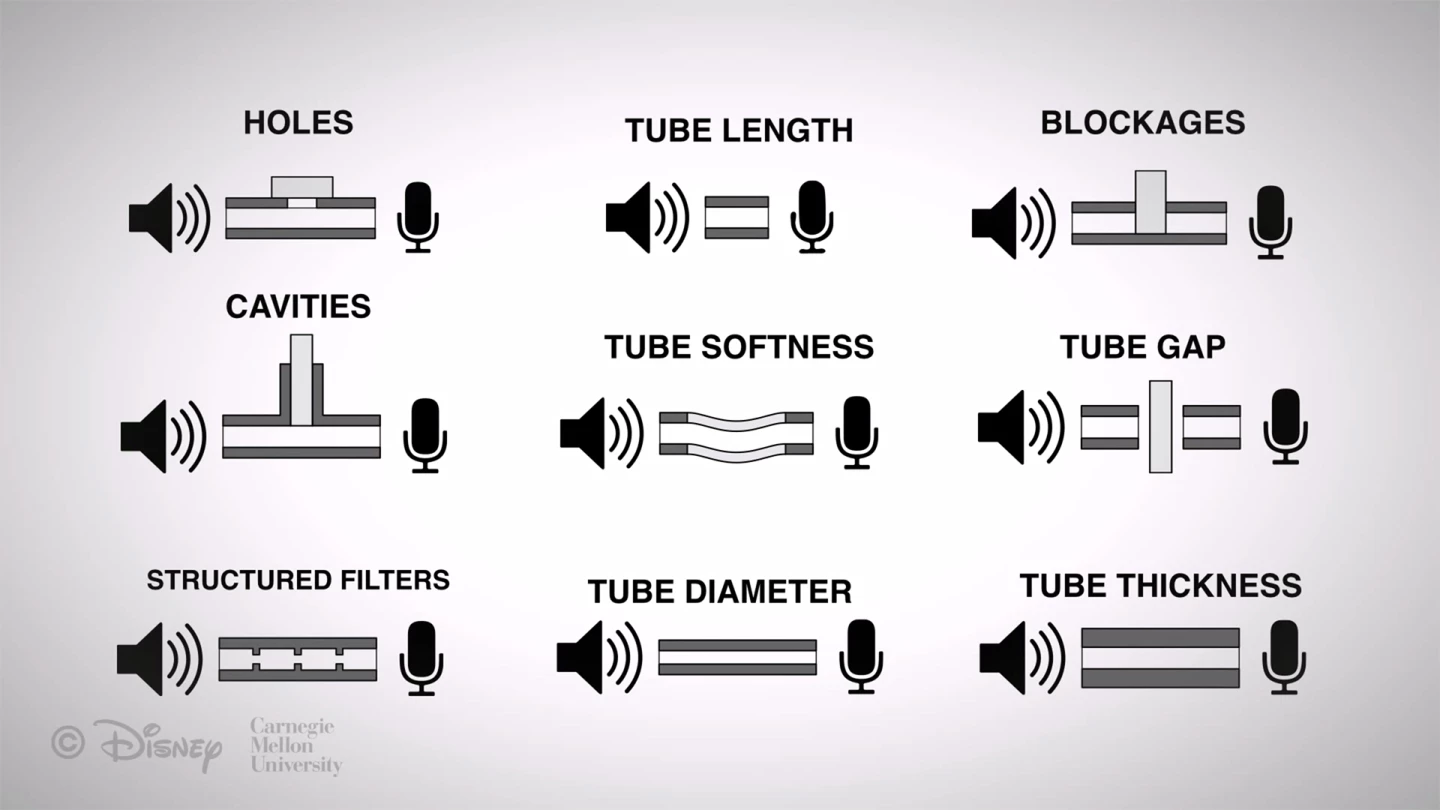
The researchers have already created some interesting examples of potential uses for the Acoustruments. These include an alarm clock that provides the user with a physical on/off switch and snooze button, as well as an interactive doll with an on-screen face that reacts when you poke its stomach.
Of course just about anything that could be done here could also be done with accessories that connect via Bluetooth or data transfer ports. But the lack of electrical circuitry in the Acoustruments makes them inexpensive to manufacture, and they can be made using 3D printers, injection molds, and potentially even by hand.
While this is clearly a niche technology, the researchers believe the tech could be useful in cases where the user doesn't want to, or can't look at the touchscreen, with the physical controls being useable at a glance. They highlight smartphone-powered virtual reality headsets as a product category that could benefit from the technology, where users are physically unable to interact with a touchscreen interface.
For more on the Acoustruments, you can check out the video below.
Sources: Carnegie Mellon University, Disney Research



